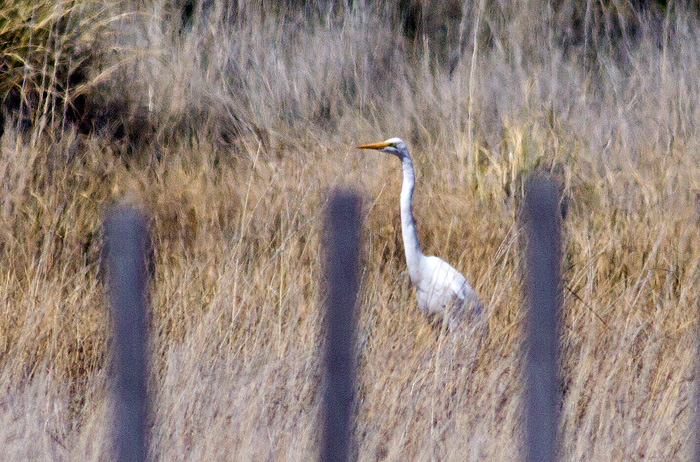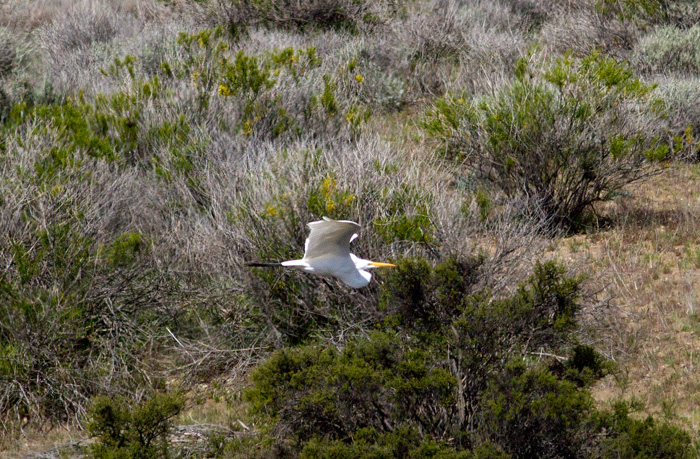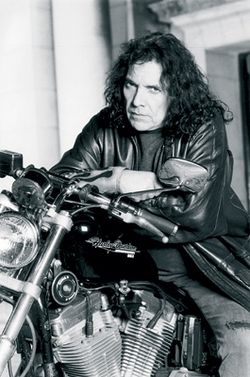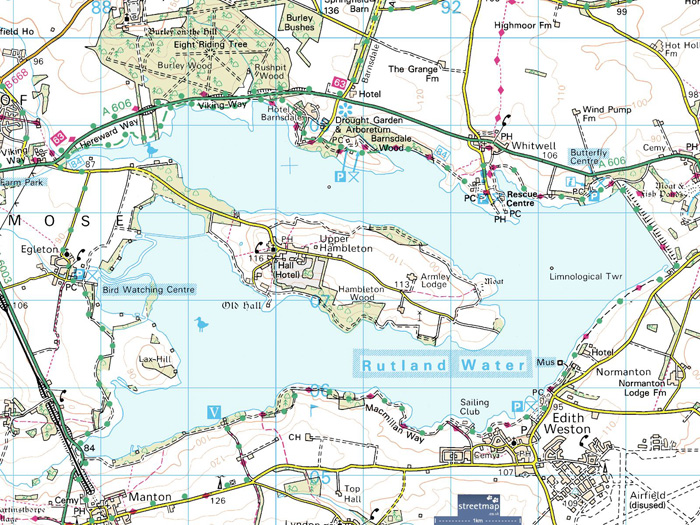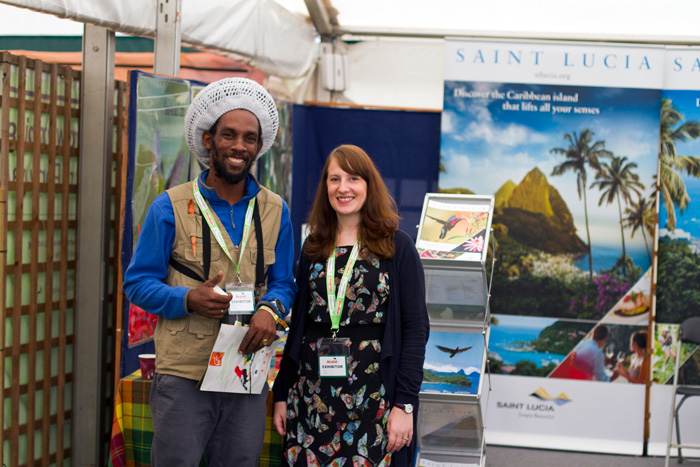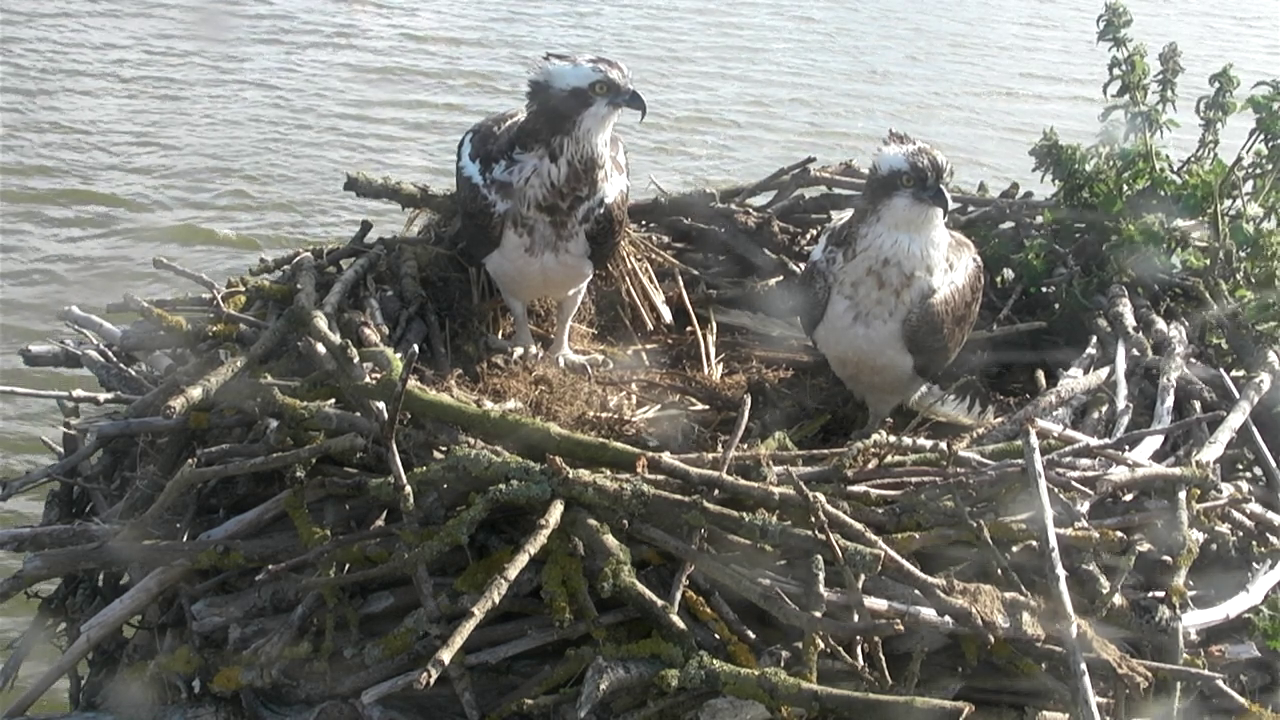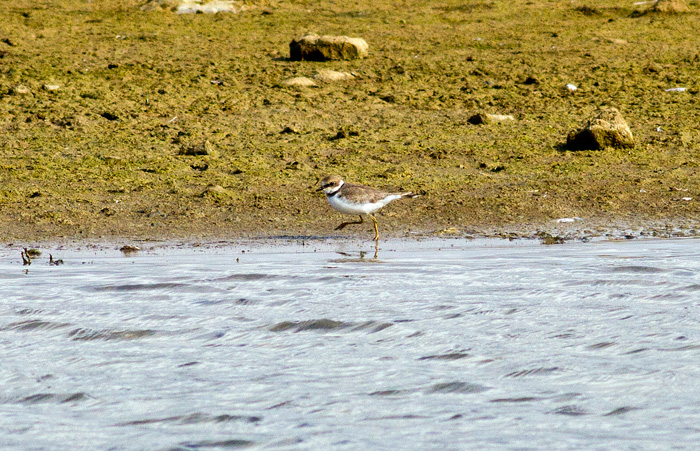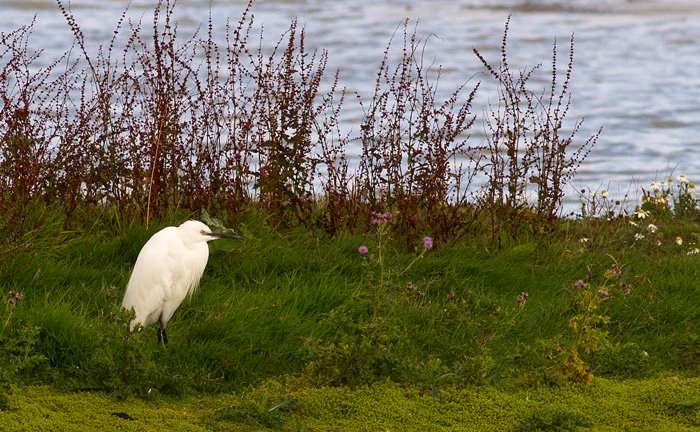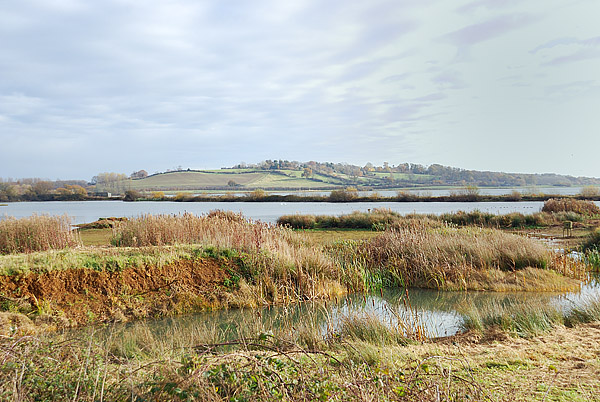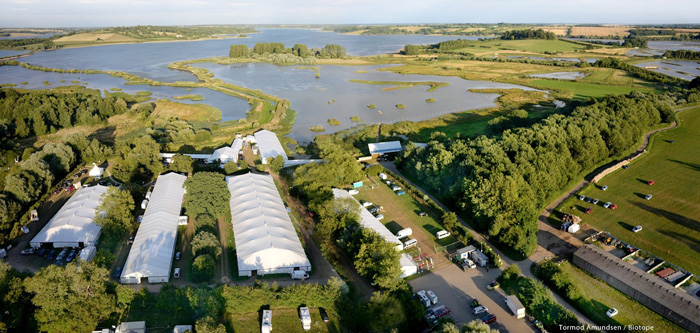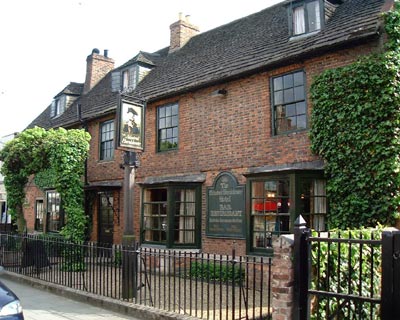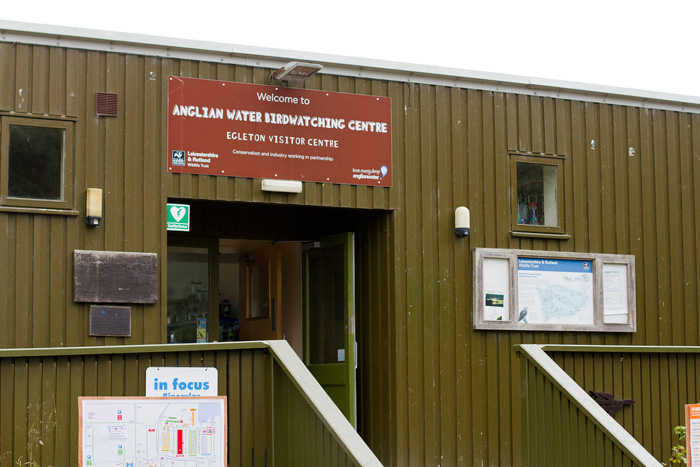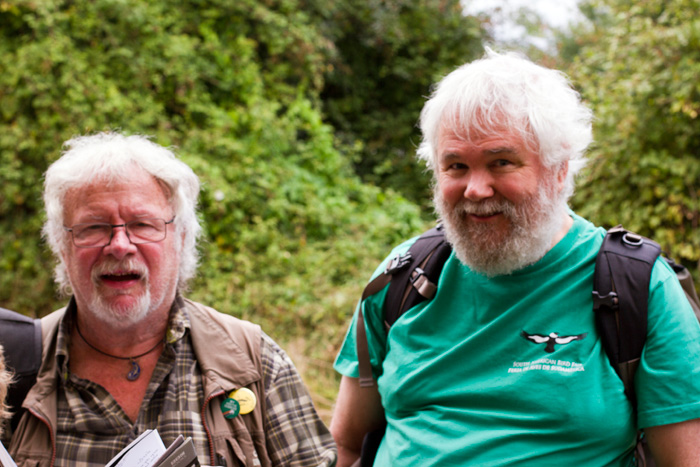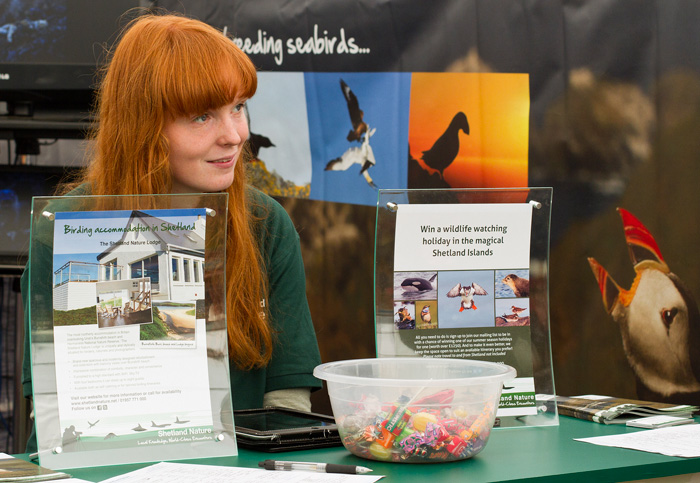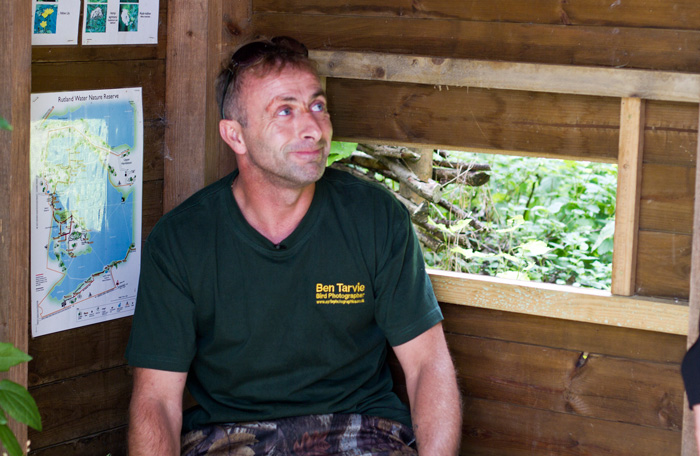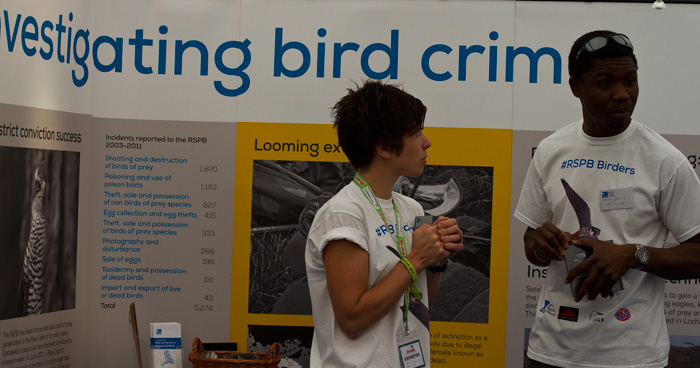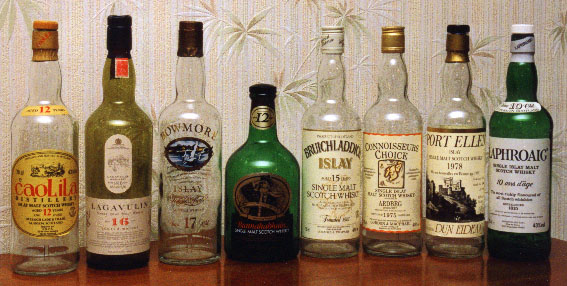This article was written in 1999 and published in the Educational Supplement of the Buenos Aires Herald. It’s a rambling, derivative and introspective reflection on a song that was seemed to be full of meaning when I first heard it. Later, when I was able to attempt a partial deconstruction, it hardly seemed worth the effort. I only put it up here at the request of a friend. But if you’re into 60s nostalgia, read on ...
It is now some twenty five years since Don McLean’s song “American Pie” hit the charts and yet it is one of those songs that has never quite gone away. I was fascinated with the song when it came out – I was at University at the time – and, listening to it again recently with some of my language students, I have once again come under its spell.
The song is irritatingly enigmatic and has been the source of much student debate over the years. Having to focus once again on the lyrics in an attempt to provide some essential background to my 1997 students (a ‘generation used to space’) I found myself needing to reevaluate some of the muddled thinking of the intervening years. However, the song certainly allows for multiple readings. Mine are no better or worse than anyone else’s and readers are invited to come back with their comments.
Throughout what follows extracts from Don McLean’s lyrics appear in italic script, with commentary in plain text.
The Song
Most people accept that the song was conceived as some sort of tribute to Buddy Holly and there are countless references to Holly’s life and sudden death in an aircrash in 1959. Further, it seems to lament the change in direction of rock and roll since Holly’s death – with the implication that if Holly had lived music and culture would have gone in a very different direction.
But I think McLean takes it further. On a broader scale, it describes the loss of innocence in a changing America through the iconography of popular songs and figures. Think if you like of the world of ‘American Pie’ as the traditional apple pie that Granny used to make – that kind of Technicolor, white picket fence, high school hop image recreated so well by David Lynch at the beginning of his film Blue Velvet.
Within the iconography (and, tantalisingly, outside it too), McLean would furthermore seem to be lamenting the lack of “danceable” music in rock and roll (remember this was recorded back in 1971) and perhaps relating that to the death of a line Buddy Holly would have followed (and been followed in).
In other words Holly’s death cut off the promise of what Leibnitz would term a ‘possible world’ in which the development of music and concomitant lifestyle would have been different, more in keeping with what the conservative, Catholic McLean would have preferred.
Verse 1
A long, long time ago…
American Pie was released twelve years after Holly’s death and probably written a couple of years earlier.
I can still remember how /That music used to make me smile./ And I knew if I had my chance/ That I could make those people dance,/ And maybe they’d be happy for a while.
The social event of McLean’s youth would probably have been the high school hop, and the function of early rock and roll music was to provide suitable music for dancing at such events. McLean, like any other high school boy, must have often dreamed of being up there on the stage with his guitar and bringing happiness (albeit temporarily) to his fellow students.
But February made me shiver,
February is a cold month in New York at the best of times. But it was in February , on February 3, 1959, to be precise, that Buddy Holly died. His plane crashed in a snowstorm in Iowa, killing him and the other occupants.
With every paper I’d deliver,
Don McLean, like so many young boys, was a paperboy in his hometown of New Rochelle, New York …
Bad news on the doorstep/ I couldn’t take one more step.
.. and, like so many Americans, he first learned about Holly’s death through the morning newspaper . The irony of his delivering the paper is a subtle touch.
I can’t remember if I cried/ When I read about his widowed bride
Holly had only just married and his young bride was pregnant when he died. Shortly afterwards she suffered a miscarriage (1).
But something touched me deep inside/ The day the music died.
In the plane with Buddy Holly were two other big name singers: Richie Valens of La Bambafame and a Texan disk jockey known as the Big Bopper (real name J.P. Richardson), whose only hit was Chantilly Lace. ‘The Day The Music Died’ can only refer to February 3, when they all perished together (2).
So…
Refrain
Bye bye Miss American Pie,
‘American Pie’ is alleged to have been the name of the plane that crashed but I have not been able to corroborate this. However, the name clearly implies good, respectable, American values. The end of the sixties had seen such a sea change is US society, with the summer of love (1966) being replaced by hard drugs, hard line politics and hard times. When Dylan tells us (in the early sixties) that “The times they are a-changing” he is heralding the end of the American Dream. Perhaps most importantly, JFK ‘s assassination (suggested several times in the song) marked the end of the age of innocence: like grandma’s apple pie JFK was to become a memory of another, supposedly better age and his death, like Holly’s, cut off another line of development.
Drove my Chevy to the levee but the levee was dry
Consciously or not, this line echoes a scene in the movie Mississippi Burning, showing three civil rights workers, who had been killed and left at the levee. But a levee could be a place for a party too – the point here being that the levee (like the music) has dried up. The Chevy is of course the all American car, symbol of the American dream, and the levee symbolises man’s conquest of the River. But things are no longer the same ….
Them good ol’ boys were drinkin whiskey and rye
A drink common in the South, otherwise known as a ‘Whiskey sour’ and the ‘good old boys’ the traditional, conservative, perhaps red-neck kind.
Singing “This’ll be the day that I die, This’ll be the day that I die.”
One of Buddy Holly’s best known hits was “That’ll be the Day”. It had a chorus containing the repeated line “That’ll be the day.. when I die”, clearly echoed by McLean here..
Verse 2
Did you write the book of love ?
“The Book of Love” is the title of a song recorded by the Monotones which was a big hit in 1958. Buddy Holly is not credited as having written it, but then again there may have been contractual reasons for omitting the credit.
And do you have faith in God above ? / If the Bible tells you so ?
“The Bible Tells Me So” is the name of a song recorded in 1955 by Don Cornell. The lines also echo an old Sunday School song that goes: “Jesus loves me this I know, for the Bible tells me so”. Another instance of conservative religion, perhaps, later to be contrasted with the disintegration and degeneration of society and the satanic references to Mick Jagger and the Rolling Stones.
Now do you believe in rock ‘n roll?/Can music save your mortal soul?/And can you teach me how to dance real slow?
Belief is of course about things that matter. Back at the hop the slow dance was a legitimate opportunity to get close to your partner, and was an important part of the youth culture of the time. The innocence of this time was slowly replaced by the violence, sexual and psychedelic revolution of the 60s and young people lost the ability (and desire) for dancing of that kind..
Well I know you’re in love with him / Cause I saw you dancing in the gym
Those were more innocent times, and times of greater commitment. Who you danced with was really important and was something sorted out long before the event. Young people usually came together, danced together and left together. The liberation and promiscuity of the 60s saw an end to that level of commitment.
You both kicked off your shoes
Dances took place in the gym, and the floor was a wooden basket ball court which had to be protected. (These events were sometimes referred to as “sock hops”).
Man, I dig those rhythm ‘n’ blues
Young whites began listening to black music in the fifties. By the mid 50s white singers were covering black rhythm and blues songs, and some black artists (e.g. Little Richard, Fats Domino) got into the national pop charts. In 1956 The Sun record label in particular fused black rhythm and blues with white country and western and this mix was essential to Buddy Holly’s new kind of rock and roll.)
I was a lonely teenage bronkin’ buck/ With a pink carnation and a pickup truck
“A White Sport Coat (And a Pink Carnation)” is the title of a hit recorded in 1957 by Marty Robbins and was typical male dress for the big night out. Even today the pickup is seen as a symbol of male sexual independence and potency. The ‘bronco’ is a common image from cattle country.
But I knew that I was out of luck /The day the music died/ I started singing…
Refrain
Verse 3
Now for ten years we’ve been on our own
I don’t know exactly when McLean wrote this song (it was released twelve years after Holly’s death) but it must have been about ten years since the aircrash which left the young people ‘on their own’.
And moss grows fat on a rolling stone
The main reference is probably to Bob Dylan whose “Like a Rolling Stone” (1965) was his first major hit. Dylan had been the seminal spokesman for a whole new generation and had turned his back on his rebel past and sat at home (i.e. stopped touring for eight years) . Perhaps the reference is more general, referring to the whole industry which was becoming increasingly capitalistic. At about this time the Rolling Stones took the hitherto unprecedented step of living a year outside the United Kingdom to save paying income tax, then at an excessively high rate. Given the invocation of the Rolling Stones later on the phrase is hardly fortuitous.
But that’s not how it used to be/When the jester sang for the King and Queen
This is undoubtedly a reference to Bob Dylan (the ‘jester’). The ‘King’ could well be Elvis Presley and the Queen very possibly ‘Connie Francis’. Some have Joan Baez, but I see no evidence for it. But Dylan did perform at a civil rights rally in Washington DC, not only in front of Martin Luther King but more importantly for John and Jackie Kennedy, commonly known in the media of the time as the king and queen of “Camelot” – the new age that was supposed (erroneously, as it happened) to be coming in.
Dylan also played a command performance for the Queen of England, and the ‘jester’ may be a reference to his refusal to dress ‘correctly’ for the occasion. Of course it might also refer to his characteristic tousled appearance and pixieish demeanour caught in so many photographs of that time, perhaps most spectacularly on the cover of the LP “Blonde on Blonde”.
In a coat he borrowed from James Dean
Each time James Dean put on his red coat in the movie “Rebel Without a Cause” he was symbolising his up-front, in-your-face attitude to the world. Within a week of the film’s release you couldn’t buy a remotely similar red jacket in the whole of the United States. Dean and Dylan were both icons for the youth of their time. On Dean’s death Dylan assumed his ‘coat’ in more senses than one – if you look at the cover of his album “The Freewheelin’ Bob Dylan”, Dylan is wearing Dean’s red jacket and the street scene is reconstructed around a famous James Dean Publicity shot..
And a voice that came from you and me
Bob Dylan came out of Hibbing, Minnesota, and was at first totally plugged into the American folk tradition. He hung out at the Gaslight in New York where he met all the contemporary folk singers – in particular Pete Seeger and the dying Woody Guthrie. Insofar as folk music is people’s music, then his song “…came from you and me”. But Dylan spoke for his generation in another sense, in a way that had never been possible before. With the advantage of a more permissive media, with greater reach, he said what had previously been unsayable. Songs like ‘Blowing in the wind’ and ‘The times they are a’changing’ may seem tame today but they shook the foundations of the establishment at the time. Dylan spoke for his whole generation, and his influence has been seminal, to an extent perhaps not always fully remembered today.
Oh, and while the King was looking down /The jester stole his thorny crown
Elvis may have looked down from the pinnacle of his fame but he was also on the way down, sinking into a life style that would end in obesity, obscenity and overdose. Dylan was a fast mover, ever an opportunist, on the way up. Why the crown (of the new ‘king’) should be ‘thorny’ is unclear, beyond the biblical allusion. (3)
The courtroom was adjourned, /No verdict was returned.
The only contemporary reference to a real court trial I could find was the trial of the Chicago Seven which seems too remote. It seems more likely that McLean is referring to the court of public opinion regarding what was happening to music (in this case symbolising values) and that the lack of a ‘verdict’ is a metaphor for general apathy and indifference.
And while Lennon read a book on Marx,
Perhaps this refers to the introduction of radical politics into the music of the Beatles (a metaphor once again for society as a whole). The conceit is of course based on the phonetic similarity of John Lennon and Vladimir Ilich Ulyanov (Lenin). Certainly the 60s saw a general growth and interest in communism (and a strong US reaction against it).
The quartet practiced in the park
Consistency and chronology would indicate that this refers to the Beatles playing in Shea Stadium, but why ‘practicing’ ? And why would Lennon be elsewhere ? A quartet could of course be any conventional rock band, or could refer to any other group of four individuals. I’ll take a rain check on this one.
And we sang dirges in the dark
When JFK died Network televison went off the air for 4 four days while the whole country mourned. The US was plunged into another kind of dark too – the dark of doubt, despair and uncertainty. The new order – new Camelot – was not to be.
The day the music died.
The death of the music this time seems more tied down to JFK’s assassination in Dallas, once again the death of an American dream as JFK exchanged hopes of a new Camelot for the Avalon of the west coast.
We were singing…
Refrain
Verse 4
Helter Skelter in a summer swelter
“Helter Skelter” is one of the Beatles song which inspired Charles Manson to order the savage butchering to death of Sharon Tate and others in the hot California summer of 1969. ‘Helter Skelter’ in Manson’s world was to be the day in which the Blacks, at Manson’s instigation, finally rose against the white population in Los Angeles and slaughtered them all. Manson would then lead his dune buggy tribe out of the Hole in Death Valley and be welcomed as the new Messiah. Heavy stuff, mixed up with Satanism and drug dealing and rip-offs, certainly symbolising the end of traditional American family values..
The birds flew off with the fallout shelter
Fallout shelters were very much part of the cultural baggage of the Cold War era. There may be an additional play of words here with ‘falling out’ and ‘dropping out’. The birds (the pop group the Byrds) would also have ‘flown’ in the sense of their known drug use.
Eight miles high and falling fast
“Eight Miles High” was a hit for The Byrds in 1966. The song was banned, on the (undeniable) grounds that it was about drugs.. Both “Helter Skelter” (“When I get to the bottom I go back to the top”) and “Eight miles High” refer to the feeling of ‘flying’ or being ‘high’ on dope and the former can also be seen as a drug-induced description of rhythmic sexual activity. Songs didn’t used to be about things like this.
It landed foul on the grass
‘Landing’ is coming down or finishing a trip and ‘grass’ is marijuana. The Byrds, like so many rock musicians, fell foul of the law in this respect. The line also introduces a new strand, the metaphor of the football game.
The players tried for a forward pass
The metaphor is from football, but beyond that seems unclear. Depending on the game in question a ‘forward pass’ may or may not be illegal. The players may be musicians or sportsman. McLean is trying here to sustain a triple metaphor – the threads of music, sport and political repression – and I think he loses it. The reference is presumably there for those who can see it, but I can’t.
With the jester on the sidelines in a cast
On July 29, 1966, Dylan had a serious motor cycle accident in Woodstock, New York State. He was ‘out of action’ (and enormously silent) for nearly a year. ‘Sidelines’ neatly ties in the sporting metaphor with the marginalisation of Dylan, holed up in the Big Pink recording the Basement tapes, and ‘cast’ continues the double word play – it can be a ‘plaster cast’ or the ‘cast’ of a play in the sense that we all have roles to play in life and this was Dylan’s at that time. McLean thrives on this layering of ambiguity .
Now the half-time air was sweet perfume / While sergeants played a marching tune
‘Half-time’ continues the sporting metaphor but could also refer to a half-way stage of political change. The second line feeds in a new metaphor. “Sweet perfume” is probably a cynical allusion to tear gas and the ‘sergeants’ the Police and National Guard who marched protesters out of so many public gatherings (e. g. the excessive repression at Ohio State University).. At another level, given the multiple references to the Beatles, it obviously refers too to the “Sgt. Pepper’s Lonely Hearts Club Band” album.
We all got up to dance / Oh, but we never got the chance
In 1966 The Beatles gave a concert in Candlestick Park but as it became impossible to control the crowds the performance only lasted 35 minutes. Another interpretation here that ties in with the song’s running thread would be that the ‘sergeants’ (the Beatles) played a ‘marching tune’ (i.e. music you couldn’t dance to), rather than the ‘dancing music’ Buddy Holly would have developed if he had not died so young. Or perhaps the ‘sergeants’ simply represent authorities that prevented young people from ‘dancing’ (read having a good time) in public.
‘Cause the players tried to take the field, / The marching band refused to yield.
The multiple reference continues throughout all this verse . Politically, the reference is to protesters at Kent State where the ‘players’ (students), tried to take control of the ‘field’ (campus), the ‘marching band’ being the Ohio National Guard. In terms of the rock and roll thread (and the song is after all a potted history of pop music) I think the reference is to a failed attempt by the Beach Boys who in 1966 attempted (with their brilliant, underrated album “Pet Sounds”) to supplant the Beatles hold on the industry. The Beatles of course, like the Ohio National Guard, stood firm.
Do you recall what was revealed, / The day the music died?
What was revealed ? I sincerely have no idea. Maybe this is enigma for enigma’s sake. Or McLean is again being a little too esoteric ? Answers on a postcard please ..
We started singing
Refrain
Verse 5
And there we were all in one place
This just has to be Woodstock, 1969, the Festival. You just had to have been there !!. We all were. If you missed it, rent the movie – it’s a historical document. Nuff said.
A generation lost in space
Spaced out’ was a common 60s euphemism for the effects of drugs. Hippies also tended to be seriously alienated from their parents, and thus a ‘spaced out’ hippie could be doubly lost. ‘Lost in Space’ was also the name of a pretty naff TV series in US in the late 60s but I somehow can’t see McLean alluding to that.
With no time left to start again
Too much drugs ? Grown up too quickly ? The American dream irrevocably lost ? JFK and his new Camelot gone. The music that could never go back to where Buddy Holly might have taken it ? All those lost opportunities, lost chances, the what if’s have no future chance.
So come on Jack be nimble Jack be quick/Jack Flash sat on a candlestick/’Cause fire is the devil’s only friend
The Rolling Stones first hit was called “Come on”. Another major hit, “Jumpin’ Jack Flash”, was released in May, 1968 and the Stones’ presumably would have sung it at their Candlestick park concert. ‘Sympathy for the Devil ‘was another Stones song of that time and the Grateful Dead had a song called “Friend of the Devil”). “Jack be nimble Jack be quick/Jack Flash sat on a candlestick” is a children’s nursery rhyme which makes the allusion even more dramatic.
Jack is also the first name of John Fitzgerald Kennedy, and McLean picks up on the earlier reference to fallout shelters here, with the candlestick representing an ICBM armed with a nuclear warhead. In Kubricks’s 60’s film “Dr Strangelove” Slim Pickens plays a Texan Air Commander who sits astride such an atomic device when the bomb release won’t unlock and rides it to his death and the destruction of the known world.
Such hell and brimstone (fire) are the province of the devil, which leads us neatly back to the Rolling Stones …
And as I watched him on the stage My hands were clenched in fists of rage No angel born in hell Could break that Satan’s spell
.. who played a gig at the Altamont Speedway in 1968. They were perhaps naive, but on the advice of the Grateful Dead they put Hell’s Angels bikers in charge of their concert security. In the confusion of the night a certain Meredith Hunter was beaten and stabbed to death by the Angels to the background of the Stones playing ‘Under my Thumb’ (4). The Stones also had an earlier album (of appallingly naff psychedelic trash) called “Their Satanic Majesties’ Request” and it would seem that McLean is not altogether happy with this aspect of the Stones’ artistic career.
And as the flames climbed high into the night /To light the sacrificial rite
Still in Altamont, Jagger prancing around on the stage while bonfires (common at rock concerts in those days) provide the background for the sacrificial murder of Meredith Hunter .
I saw Satan laughing with delight
The only conclusion can be that Satan here is Mick Jagger. Don McLean is said to have had a strict Catholic upbringing – if he really wanted a return to traditional American apple pie and Sunday School values then he may be vehemently laying the responsibility for the tragic death of Meredith Hunter at Jagger’s door. More likely the Altamont incident is a convenient peg that serves McLean as a metaphor for the malaise of the age, and Jagger is the vehicle, a conduit, rather than the devil incarnate..
The day the music died / He was singing…
Refrain
Verse 6
I met a girl who sang the blues
Would you believe Janis Joplin…..?
And I asked her for some happy news /But she just smiled and turned away
… who OD’d on heroin on October 4, 1970. Yet another music myth whose potential was cut short. Actually, Joplin was already past it – her Woodstock performance demonstrates the fact quite clearly – despite the smile, her lifestyle of drugs and alcohol had little happy news, and like Elvis, there was no way to go but down. And out.
I went down to the sacred store/ Where I’d heard the music years before
The “sacred store” could be that Mecca of the Sixties, Bill Graham’s Fillmore West, one of the great rock and roll venues of all time. But it could also be the local record store – ‘sacred’ because it is a repository of the old music – which in the good old days often used to let kids listen to records in the store without buying them.
But the man there said the music wouldn’t play
There’s no demand for the old music, perhaps. Or kids have to pay to hear it now. Or things just don’t work any more. Whatever. The point is, it’s all over.
And in the streets the children screamed/ The lovers cried and the poets dreamed
‘Children’ here refers in part to the ‘flower children’ of the sixties, (free) loving and dreaming their way through the end of the decade and crying in pain and anger as they avoid the batons of police and National Guard troops. There seems to be an echo here too of one of the most horrific images of the Vietnam War – the much published photograph of children running down a village street, on fire, after a napalm attack on their village.
But not a word was spoken/ The church bells all were broken
Everyone saw what was happening, no one was prepared to condemn it. Just as the broken bells can no longer produce music neither can the dead (i.e. silent) musicians. And broken church bells imply a neglected church, in which the old religion (music) is no longer observed.
And the three men I admire most /The Father Son and Holy Ghost
Obviously the Biblical reference stands, and ties in with the other Christian threads. It could also be the three singers killed in the Iowa plane crash – Holly, The Big Bopper, and Valens. Once again, something doesn’t quite gel here and one is left with the feeling that meaning has become subordinated to a snazzy rhyme scheme..
They caught the last train for the coast/ The day the music died
The west coast has long been a place where all the weirdo cults seem to thrive, and all the hippies gravitated there, mainly to San Francisco and LA.. If the “three men” were Holly/Bopper/Valens, and going to the coast means ‘passing over’ then this repeats the conceit that the music died along with Buddy Holly.
In Celtic mythology dead heroes depart to the West for a better place (e.g. King Arthur sailing off in his barge to Avalon), so the three dead singers (‘players’) could be making a similar journey. On another tack, if the US had always been God’s own country and the US people had had God on their side from Independence to the end of WW2 at least, maybe this marks the end of God’s cooperation, and he has abandoned us to stew in our own hedonistic juices. In simple terms, God just split.
And they were singing…
Refrain (2x)
Conclusion
“American Pie” has been one of the most talked about and analyzed songs of the post-war era.. In it somewhere, if you can get at it, is a complete history of rock and roll but it is wrapped up in such ambivalent and esoteric imagery that it lends itself to endless interpretations.
McLean himself has consistently refused to explain the song but he has let slip a couple of hints:
‘When I first heard “American Pie” on the radio, I was playing a gig somewhere, and it was immediately followed by Peggy Sue. They caught on to the Holly connection right away, and that made me very happy. I was quite interested in America – I still write about the different aspects of America – and to me, something was slipping away and I couldn’t quite put my finger on how to express it. I was sitting up in this little house where I lived and I just started to write this first verse about the day I cut open this bunch of papers [when he was a paper boy] and saw that Buddy Holly had been killed. The memory unlocked a whole bunch of things. Suddenly the song wrote itself…’
And again: ‘I can’t necessarily interpret American Pie” any better than you can,’ ( LIFE magazine, 1972). ‘Buddy Holly was the first and last person I ever really idolized as a kid. Most of my friends liked Elvis Presley. More of them liked Presley than Holly. But I liked Holly because he spoke to me. He was a symbol of something deeper than the music he made. His career and the sort of group he created, the interaction between the lead singer and the three men backing him up, was a perfect metaphor for the music of the ’60s and for my own youth’.
Twenty-five years later, McLean’s legacy gives us a complicated yet fascinating vignette which speaks not only about his own youth but about that of a whole generation.
Bibliography
- Billboard Book of Number One Hits, Bronson F, Billboard, 1985
- Encyclopedia of Pop, Rock and Soul, (rev. ed.), Stambler I, St. Martin’s Press, 1989.
- It was Twenty Years ago Today: An Anniversary Celebration of 1967, Taylor D, Fireside, 1987.
- Return of the Straight Dope, Adams C, Ballantine Books, 1994, p.398.
- Rock Chronicle, Formento D, Delilah/Putnam, 1982.
- Rock Day by Day, Smith S and the Diagram Group, Guiness Books, 1987.
- Rock Topicon, Marsh D et al, Contemporary Books, 1984.
- Rolling Stone Encyclopedia of Rock & Roll, ed. Pareles J & Romanowski P, Rolling Stone Press/Summit Books, 1983.
- Rolling Stone Record Guide, ed. Marsh D & Swenson J, Random House/Rolling Stone Press, 1979.
- Smiling Through the Apocalypse: Esquire’s History of the Sixties, ed. Hayes H, Esquire Press, 1987.
- The Sixties: Years of Hope, Days of Rage, Gitlin T, Bantam Books, 1987.
Footnotes
- A connection has been suggested with the story of Billy Joe MacAllister who jumped off the Tallahachee Bridge in Bobby Gentry’s song Ode to Billy Joe. Certainly there are a number of surprising coincidences too recherché to go into here but these are most likely the result of wishful thinking.
- Another country singer, Waylon Jennings, relinquished his seat at the last moment as therewas no space for the four of them. To this day he has refused to discuss the event.
- McLean uses the thorn image again in his song about Van Gogh, Vincent, with its hauntingly beautiful (and frustratingly enigmatic) lines: … a silver thorn a bloody rose, lie crushed and broken on the virgin snow.
- Incorrectly recorded by many as ‘Sympathy for the Devil’. The incident is recorded in the movie “Gimme Shelter”. The Stones dropped the song from their concert repertoire for about ten years.
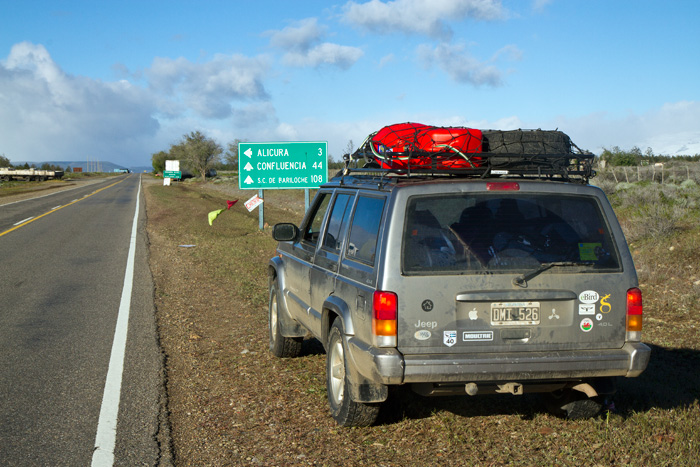
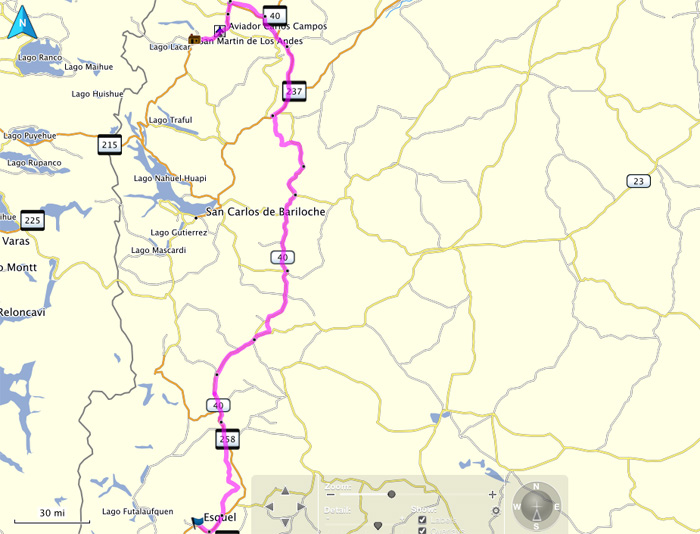
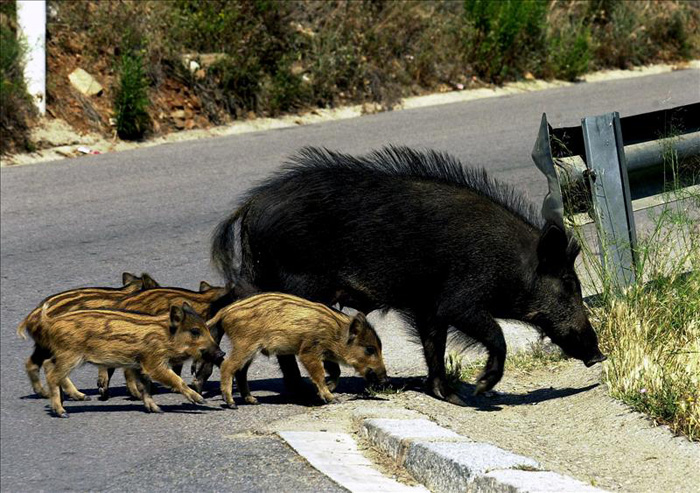
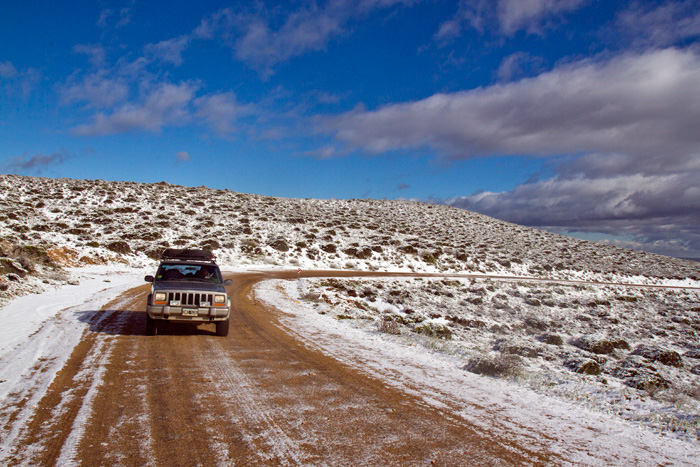
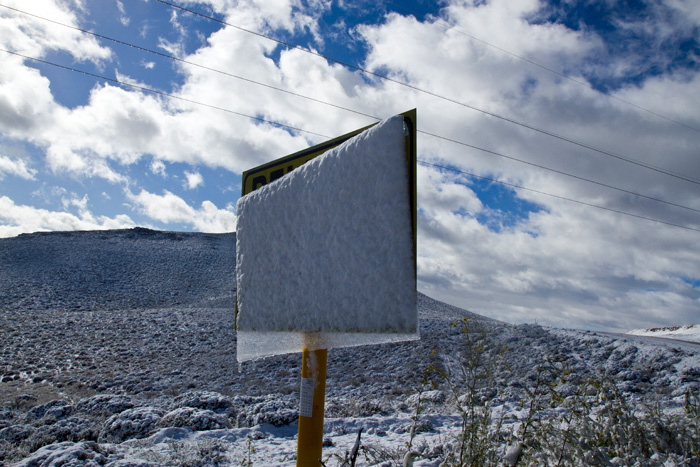
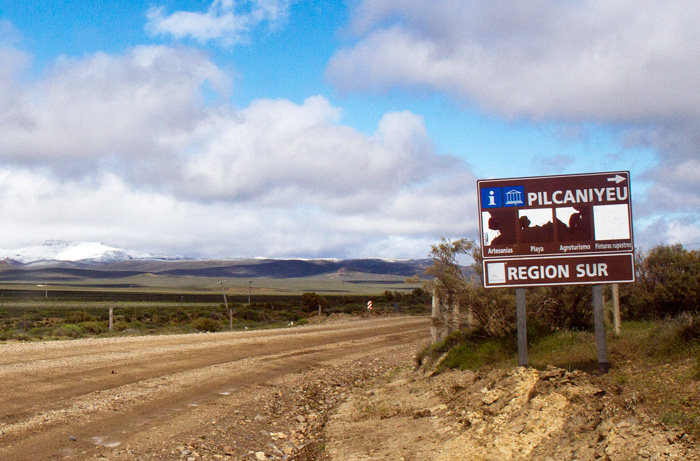
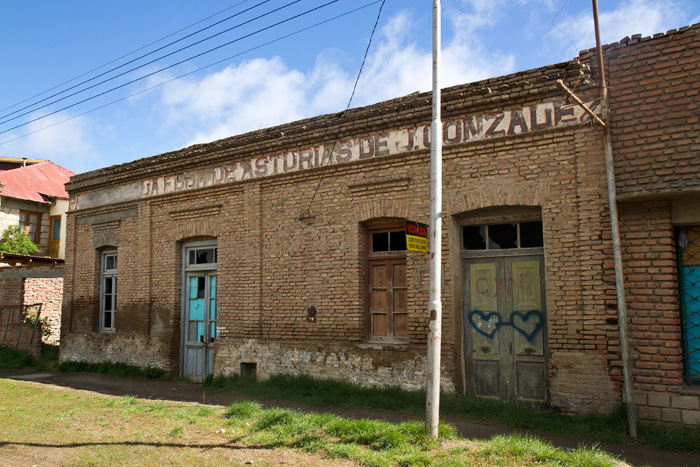
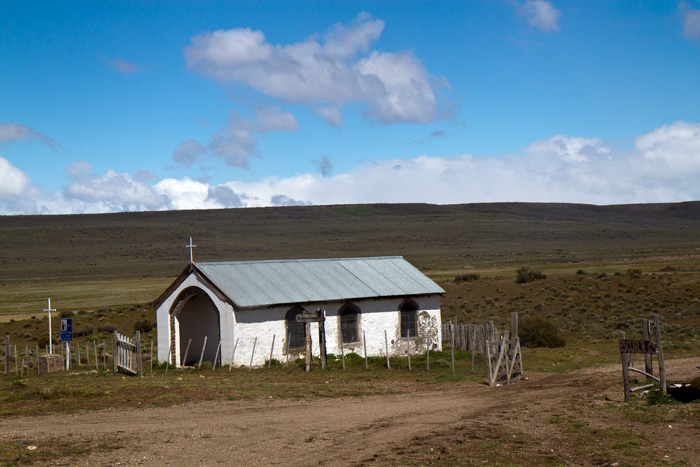
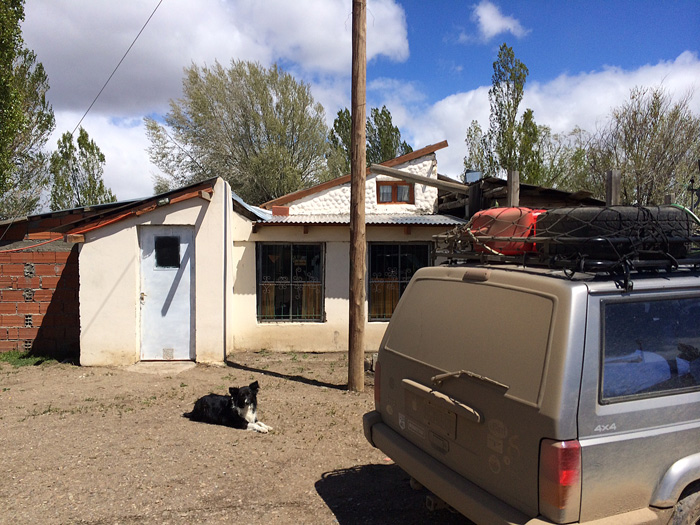
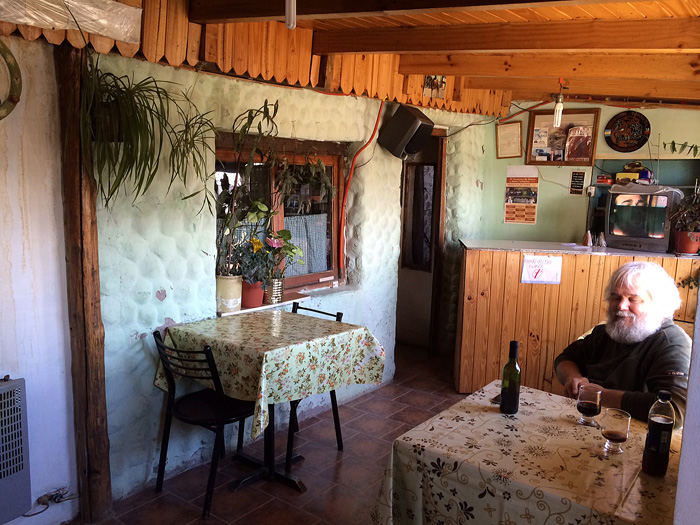
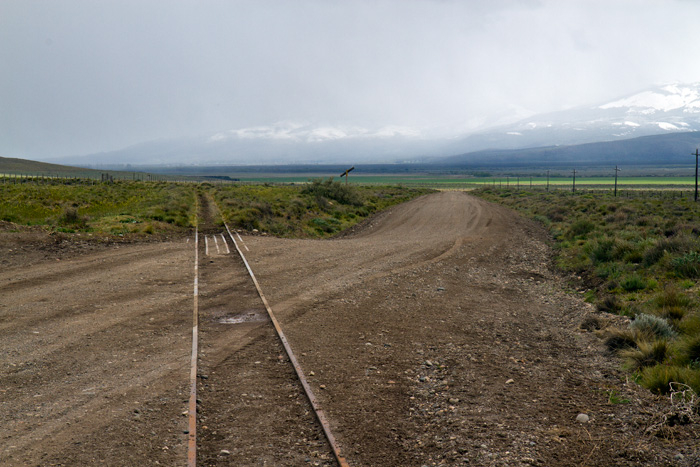
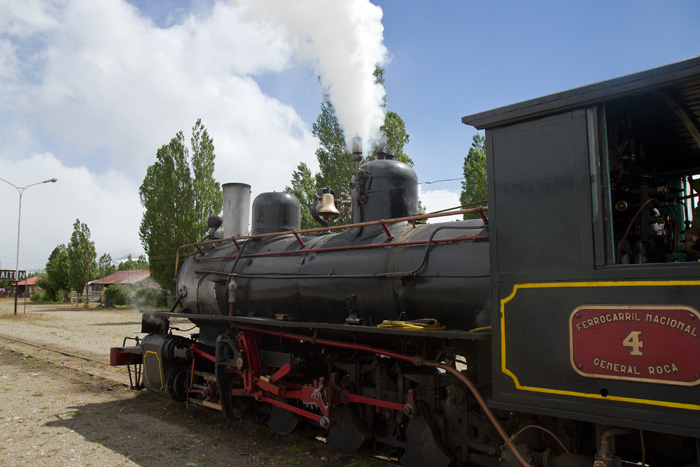
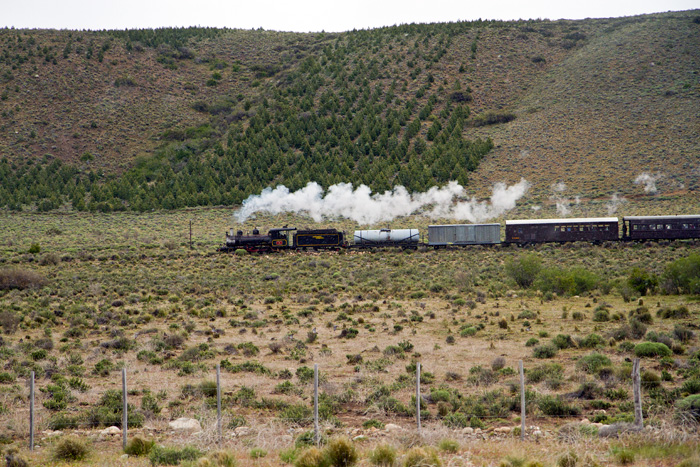
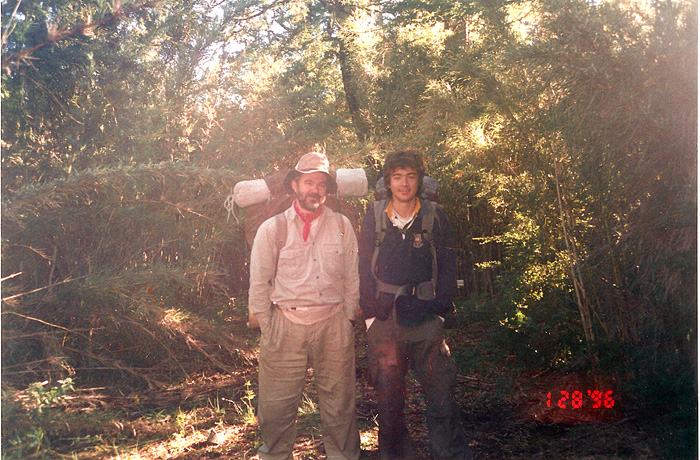
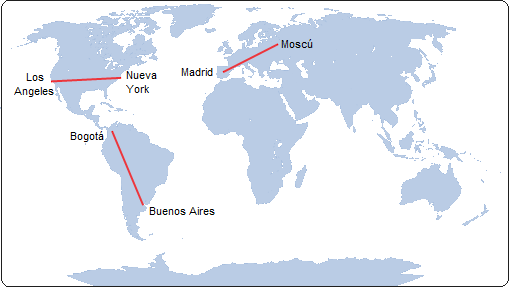
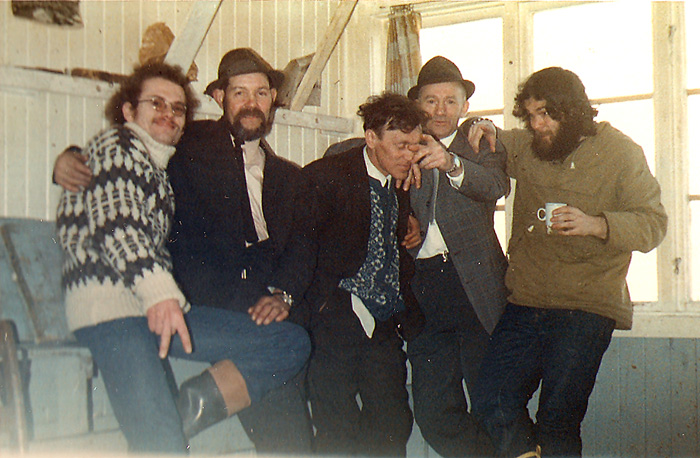







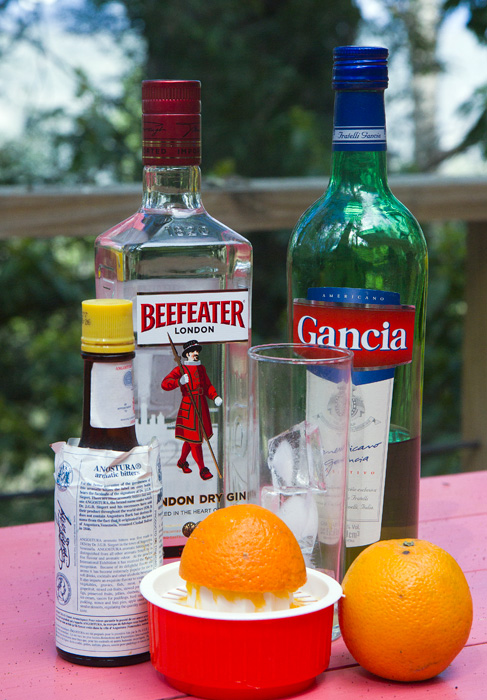
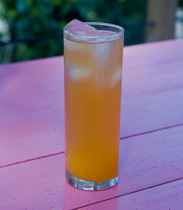

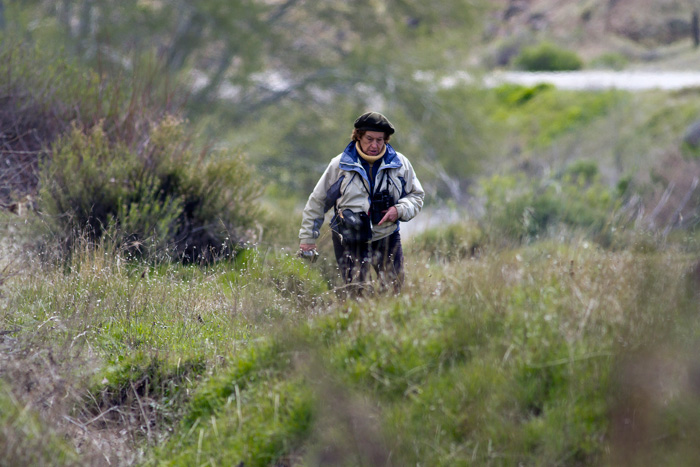
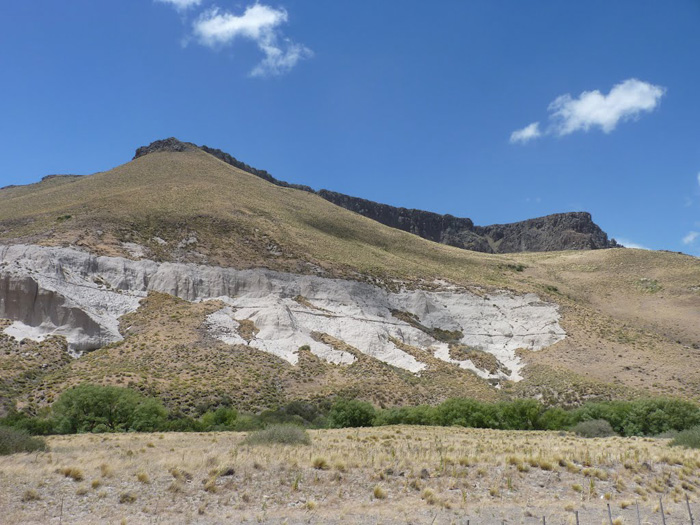
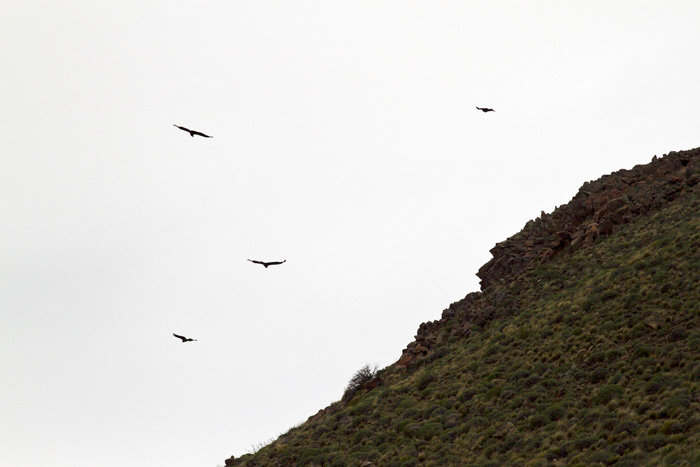
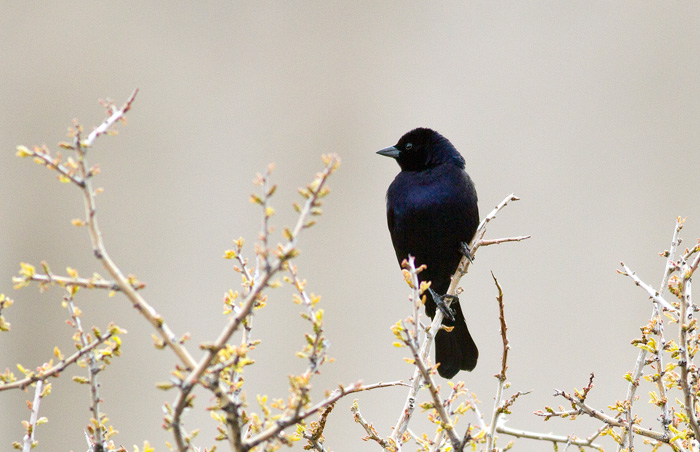
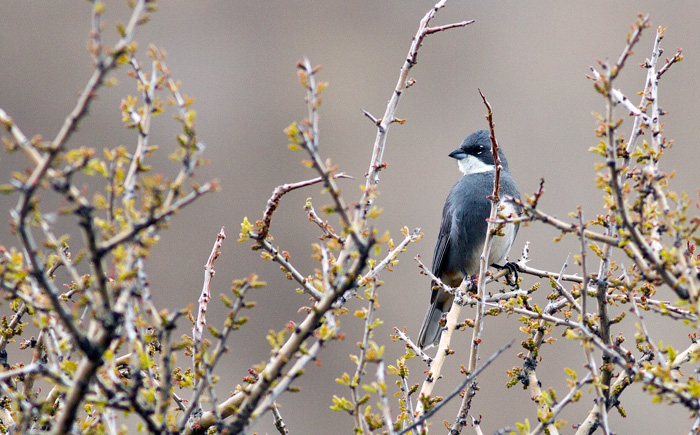
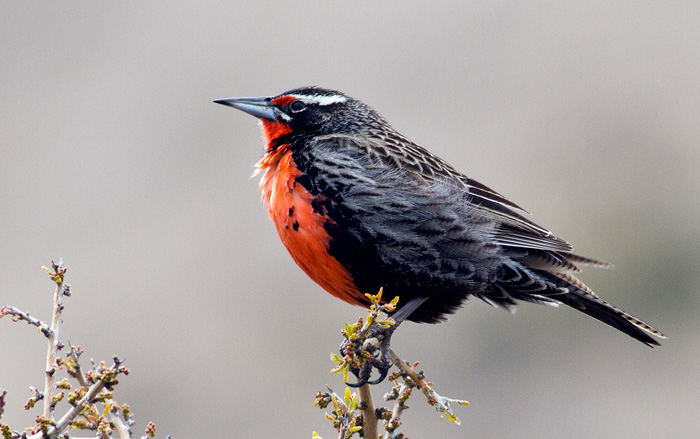
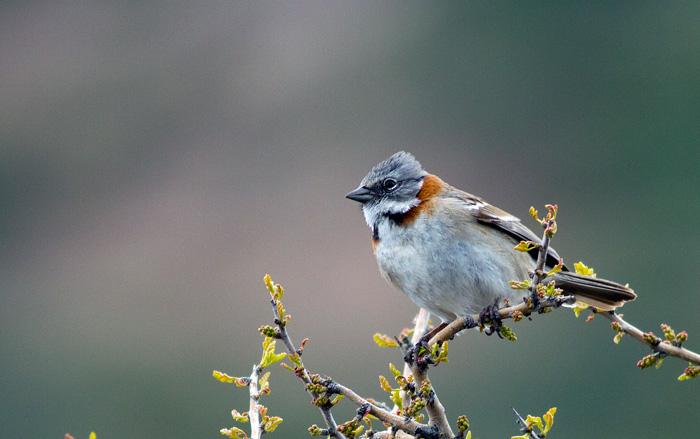
![A nearby creek for investigation [photo — Scarlett Eastman] A nearby creek for investigation [photo — Scarlett Eastman]](https://www.eayrs.com/blog/wp-content/uploads/2014/09/Rainy-CollonCura-0021.jpg)
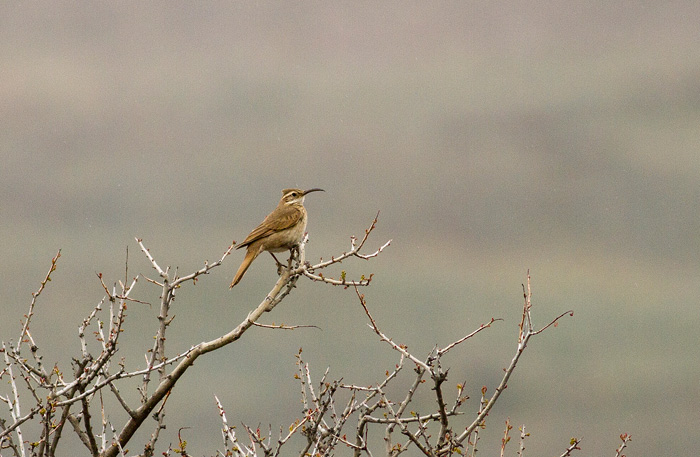
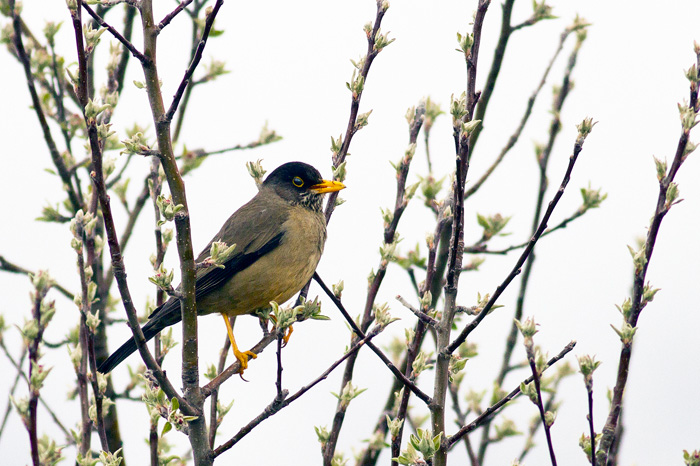
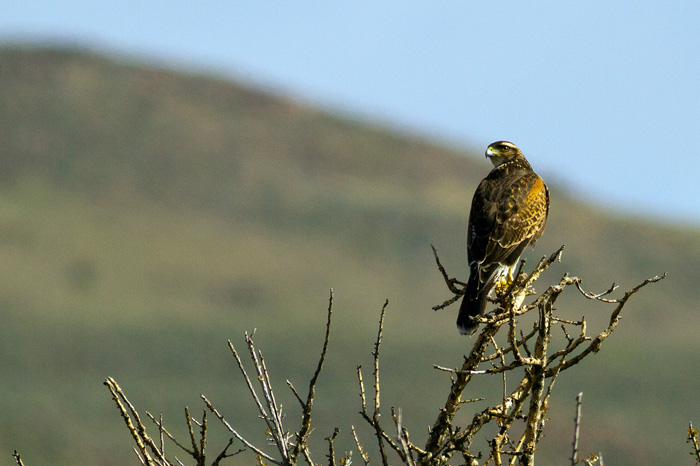
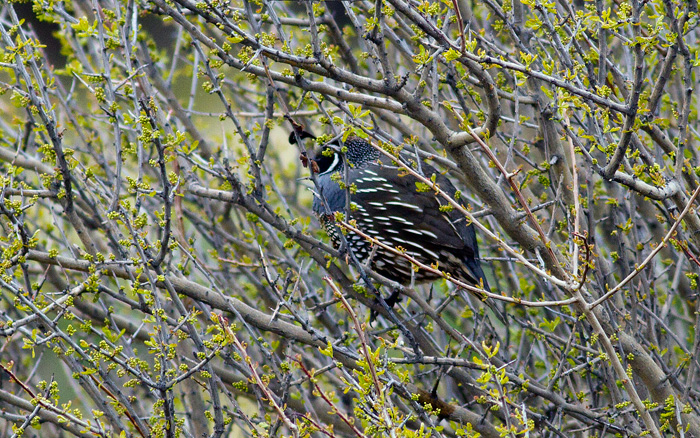
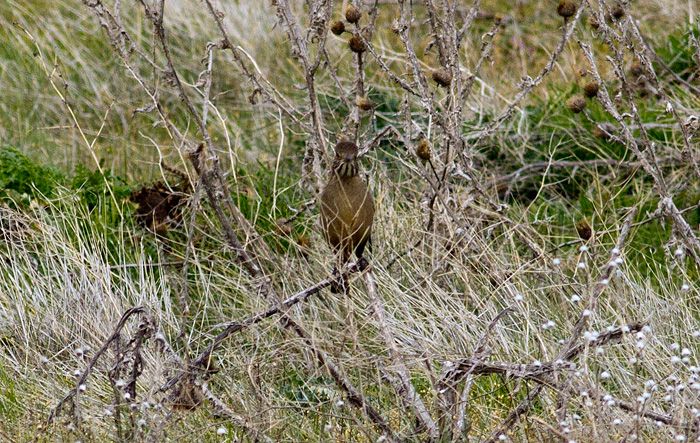
![Jeep parked up by river side at Fisherman’s ‘bajada’ [photo — Scarlett Eastman] Jeep parked up by river side at Fisherman’s ‘bajada’ [photo — Scarlett Eastman]](https://www.eayrs.com/blog/wp-content/uploads/2014/09/Rainy-CollonCura-0731.jpg)
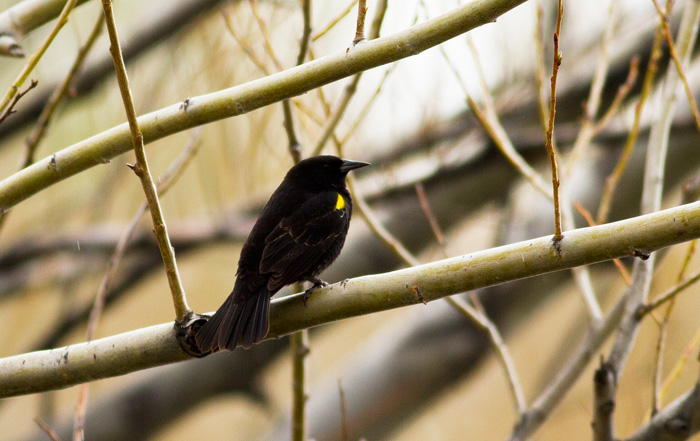

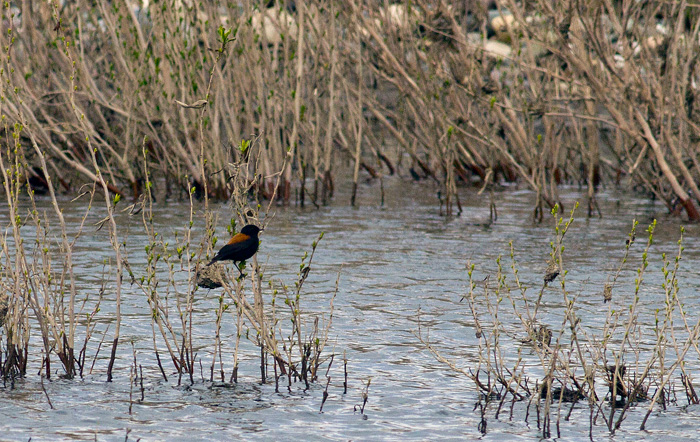
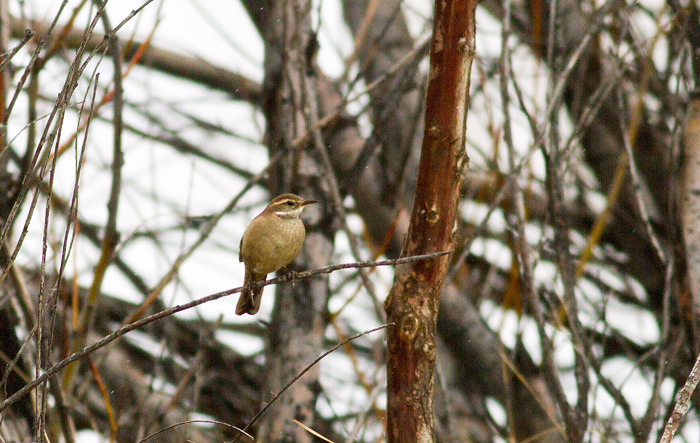
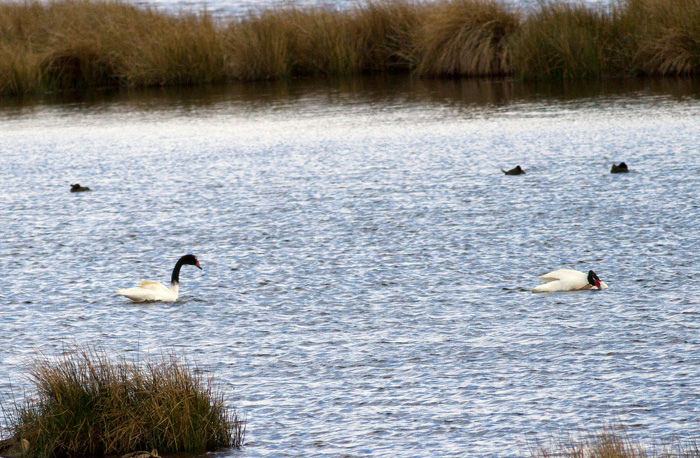
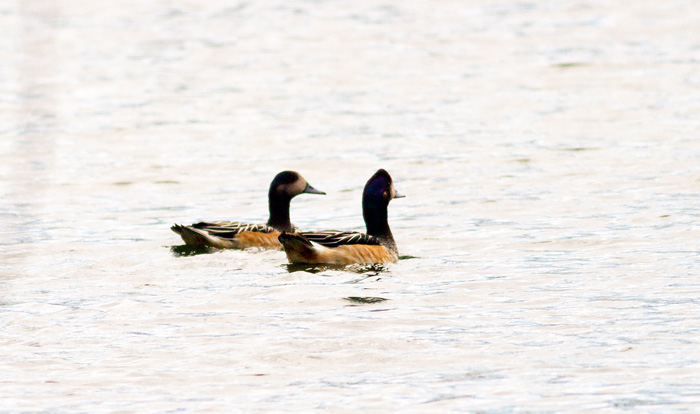
![Parked up in Ted Turner’s Colón Curá estancia [photo — Scarlett Eastman].. Parked up in Ted Turner’s Colón Curá estancia [photo — Scarlett Eastman]..](https://www.eayrs.com/blog/wp-content/uploads/2014/09/Rainy-CollonCura-0761.jpg)
